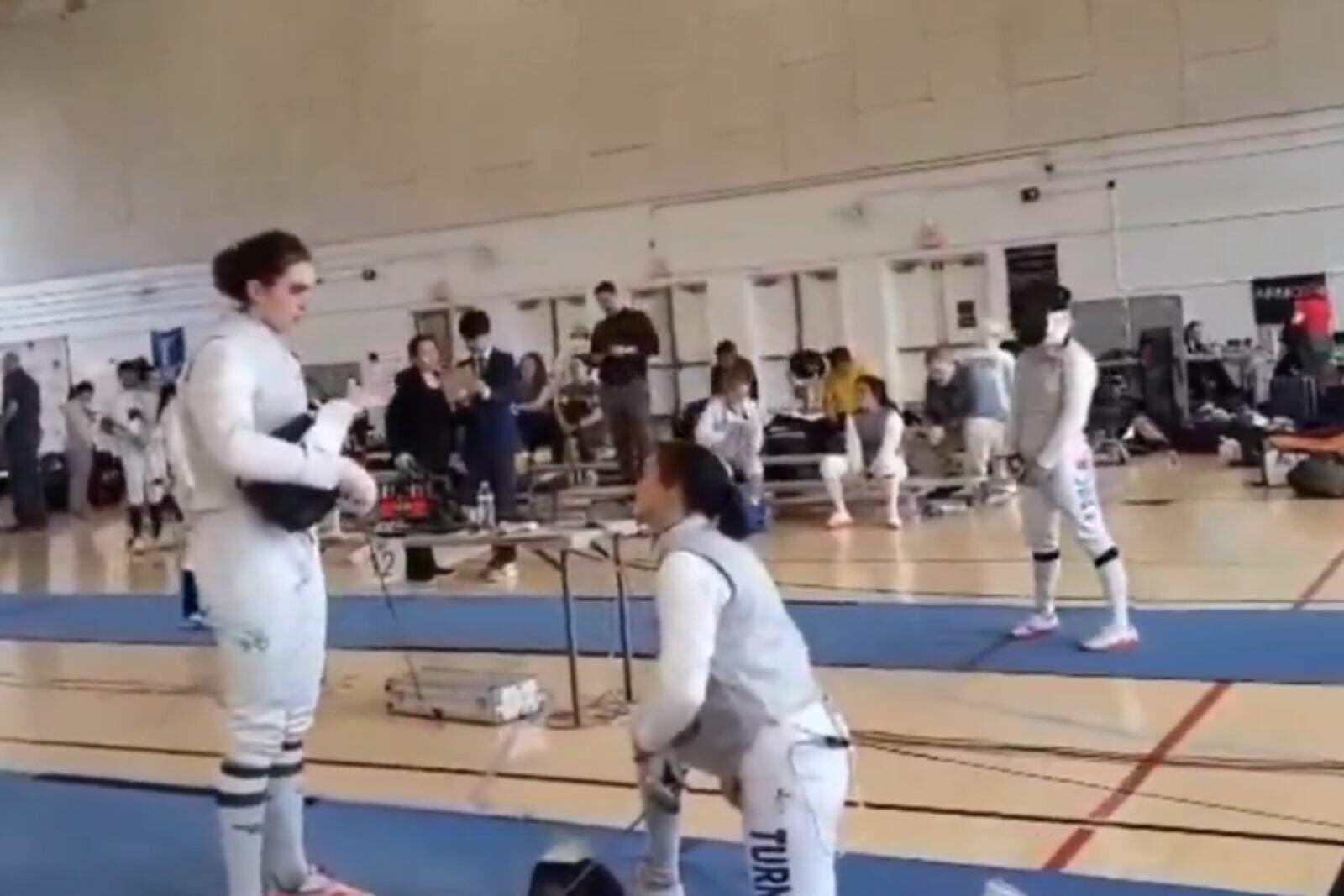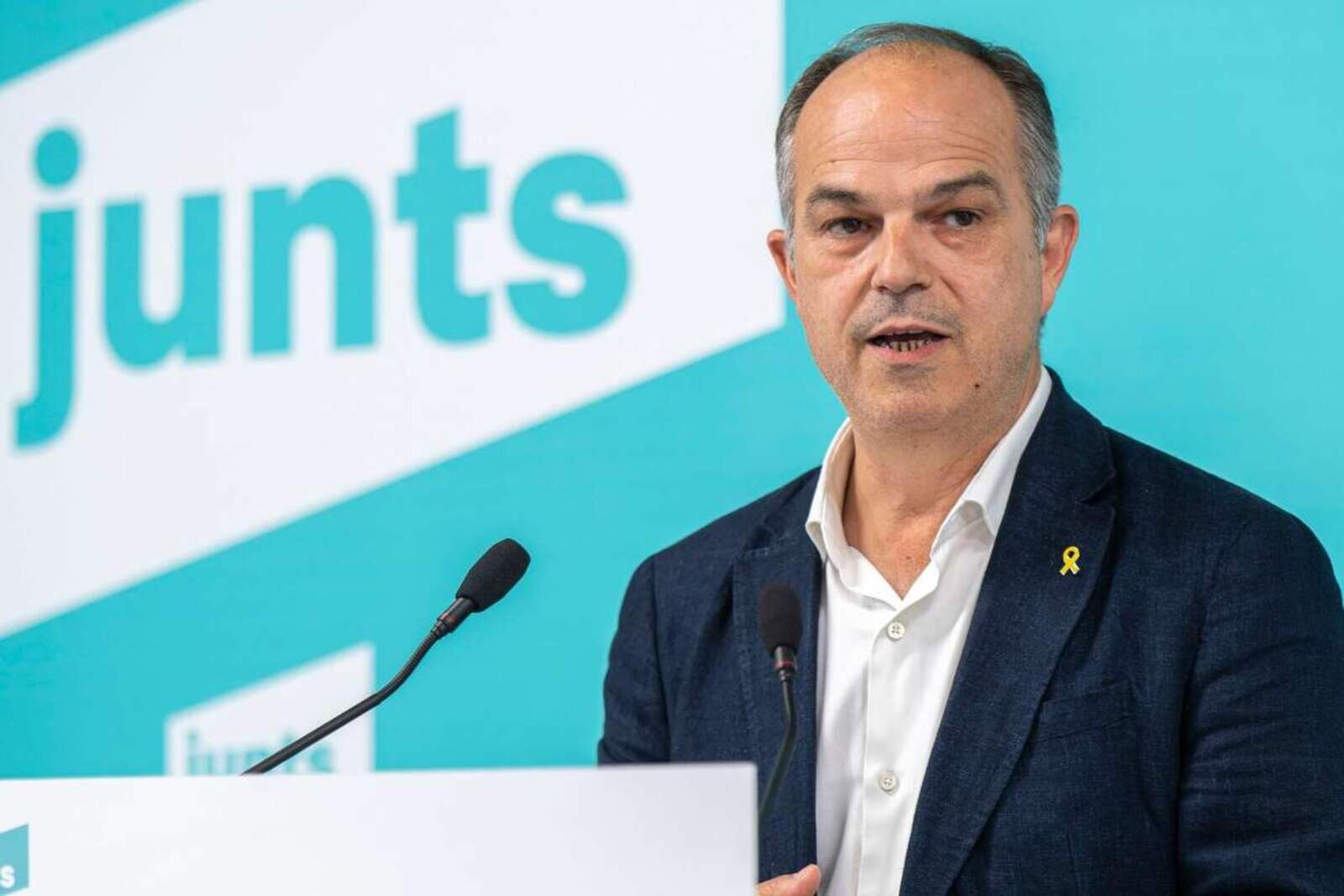Back when they were shooting the four-part mini-series, Adolescence, “like a passionate family,” in a small town in northern England, director Philip Barantini tells me, “We thought the series would do okay, in the UK. Given subject matter, and where it’s set.” And then, boom.
Adolescence, starring actor-creator Stephen Graham, wonderkid Owen Cooper, drops on Netflix, March 13, 2025. Literally, everywhere since, it’s been possible to escape a conversation on the series. Including India, with well-known filmmakers wondering aloud online—if such a pathbreaking show could ever be possible/risked, locally.

British PM Keir Starmer has already urged schools, even UK parliament, to screen Adolescence.Barantini says, “Right before getting on Zoom call [with you], I received a text message from Steven Spielberg, saying how much he loved the show. And that he’s watched it twice.
” That’s probably true for many, like me. A still from the acclaimed showReasons for the adulation around Adolescence, as Barantini points out, are kinda obvious: “Theme is global. Kids now have their own parents; and then the second [set], that is social media.
”The reference is to how the net has vastly expanded the debate between nature and nurture. This would “resonate with [younger] parents”, more so, because they’re raising the first generation wholly growing up on phones/Internet. To think of it, the biggest pop-culture worry for middle-class parents in the generation before, say, the ’90s—I can speak for India—was about how installing a 24x7 cable TV connection at home could screw up kids’ academic results! Barantini argues, “In bedrooms, you’d find us [playing] board games and musical instruments.
Now, we don’t know what’s happening in those rooms [once locked].” While advances in personal tech has deeply complicated human interactions, it’s also simplified lives, no?I’m making this recorded, late-night conversation with Barantini, over video, on my phone, from the staircase of a loud bar. He’s home.
The reason here is the long-distance between us. The chat will be uploaded online, without edits. As if it was a scene from Adolescence—that movie geeks, around the globe, have analysed, scene by scene, for its one-take shots, comprising the four episodes, with zero cut, and only multiple cameras following, even flying, while switching between characters.
My apprehension with everyone getting into the ‘how’ of the one-take scenes/episodes of Adolescence is they may not care so much, for the ‘why’ of it! Why’s the series shot that way? Especially, since it’s not a gimmick. Seldom, if ever, does the shooting style get in the way of storytelling.Barantini says, “I’m not the first person to do it.
There’ve been some terrific one-take shows, films. [Alexander Sokurov’s] Russian Ark (2002) is a favourite. Alfred Hitchcock did it in Rope (1948).
“But the one-take format doesn’t lend itself to everything. There has to be the right subject matter, and tone of the show/film [to justify it].” With Adolescence, Barantini adds, “It felt like we could dip the audience into a moment of time, for an hour; then pull them out, and dip them back in again.
“Also, audiences are incredibly smart. Sometimes, shows/films become too expositional. Being slightly voyeuristic forces a specific perspective on a subject, when you can’t take your eyes off the screen; joining dots on your own.
” As it is, the TV inevitably competes with a parallel first screen, which is the mobile phone in your hands. That there are no cuts in the motion, on the second screen, holds your attention through and through. Huge credit for which ought to be shared with the writers (Jack Thorne, Graham), cinematographer (Matthew Lewis), and performers; notably, Cooper (son), Graham (dad), and Erin Doherty (psychologist; third episode).
They’d perform the script, like a play, with a single take, twice, over the same day. Technically, you could match the cuts from various takes, still. “It’d make our lives easier, but where’s the fun in that,” Barantini laughs.
Also, he’d pulled off long takes, and the camera wading through characters, with Graham in the cast as well, in Boiling Point (2021)— brilliant mini-series, set inside a restaurant (I watched it on Netflix US; ought to drop on Netflix India too). And it’s not that the form does away with editors altogether: “Can’t just take the card out of camera and put it to Netflix, you know! You still line up scenes, clip the two ends—start and finish—place titles, play with music..
..” As per ambition, results are there to be seen.
You simply can’t take eyes off Adolescence, first scene onwards—of the cop (Ashley Walters) arresting 13-year-old, Jamie, for killing a girl, Katie, from his school. The only missing link in the mini-series is perhaps that it doesn’t devote an equal episode to Katie’s family, that lost their most loved one to a freak murder. Blokes on Reddit are busier wondering whose post-card sized pictures appear in the opening credits of each episode.
I got Barantini to solve that eternal mystery for them. “Episode One: It’s Jamie, as a kid. Episode Two: all the kids from school.
Episode Three: Katie and Jamie. Final episode: [Jamie’s] family. “This is to signify how fragile we are as humans.
That these babies can grow up to commit such horrific act, or get killed in this horrific way.” Point proven perfectly. Mayank Shekhar attempts to make sense of mass culture.
He tweets @mayankw14 Send your feedback to [email protected] views expressed in this column are the individual’s and don’t represent those of the paper..
Politics

So, still talking about Adolescence?

Hence, spoke to one-take artiste, director Philip Barantini, on his Netflix mini-series, that’s instantly captured global imagination















